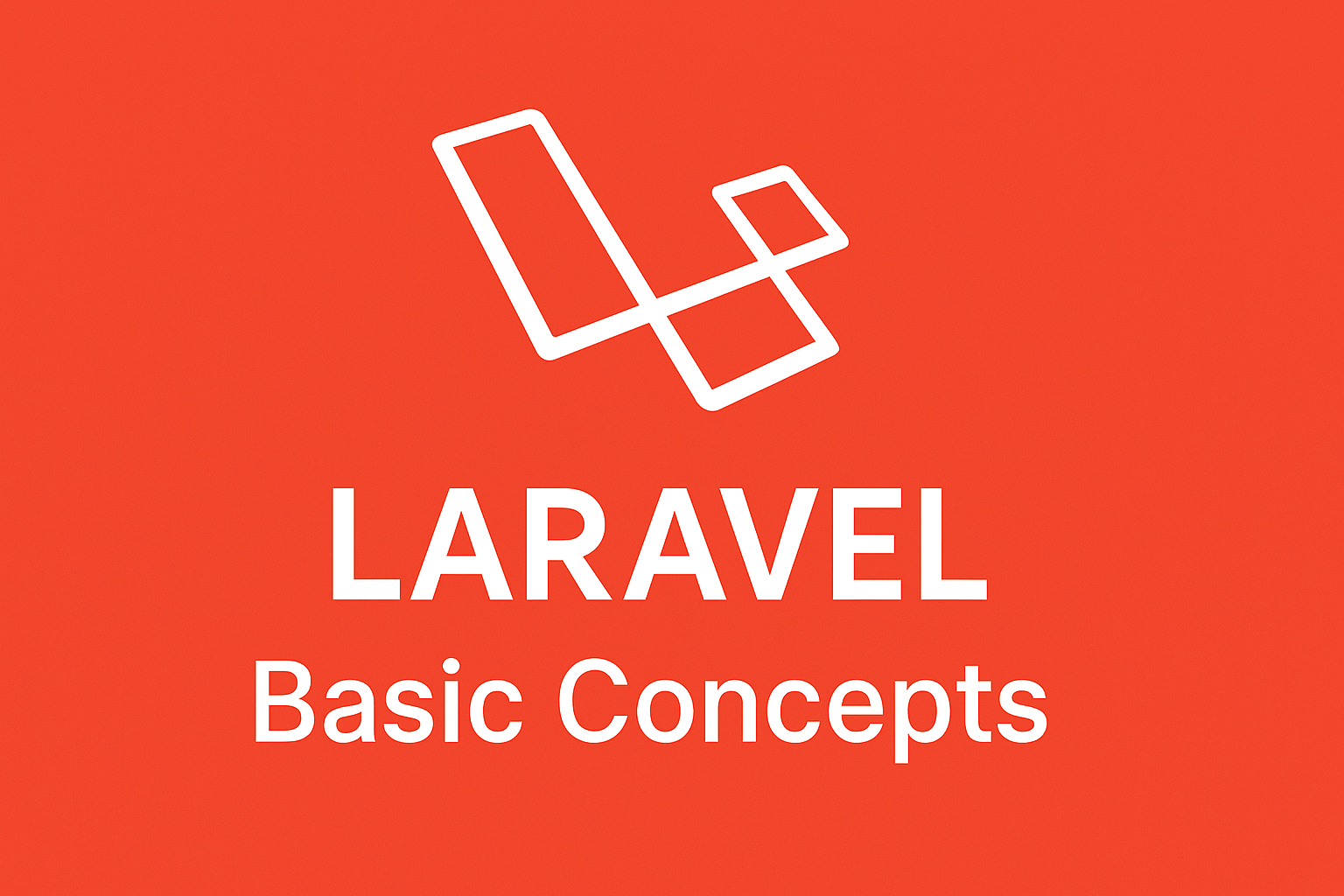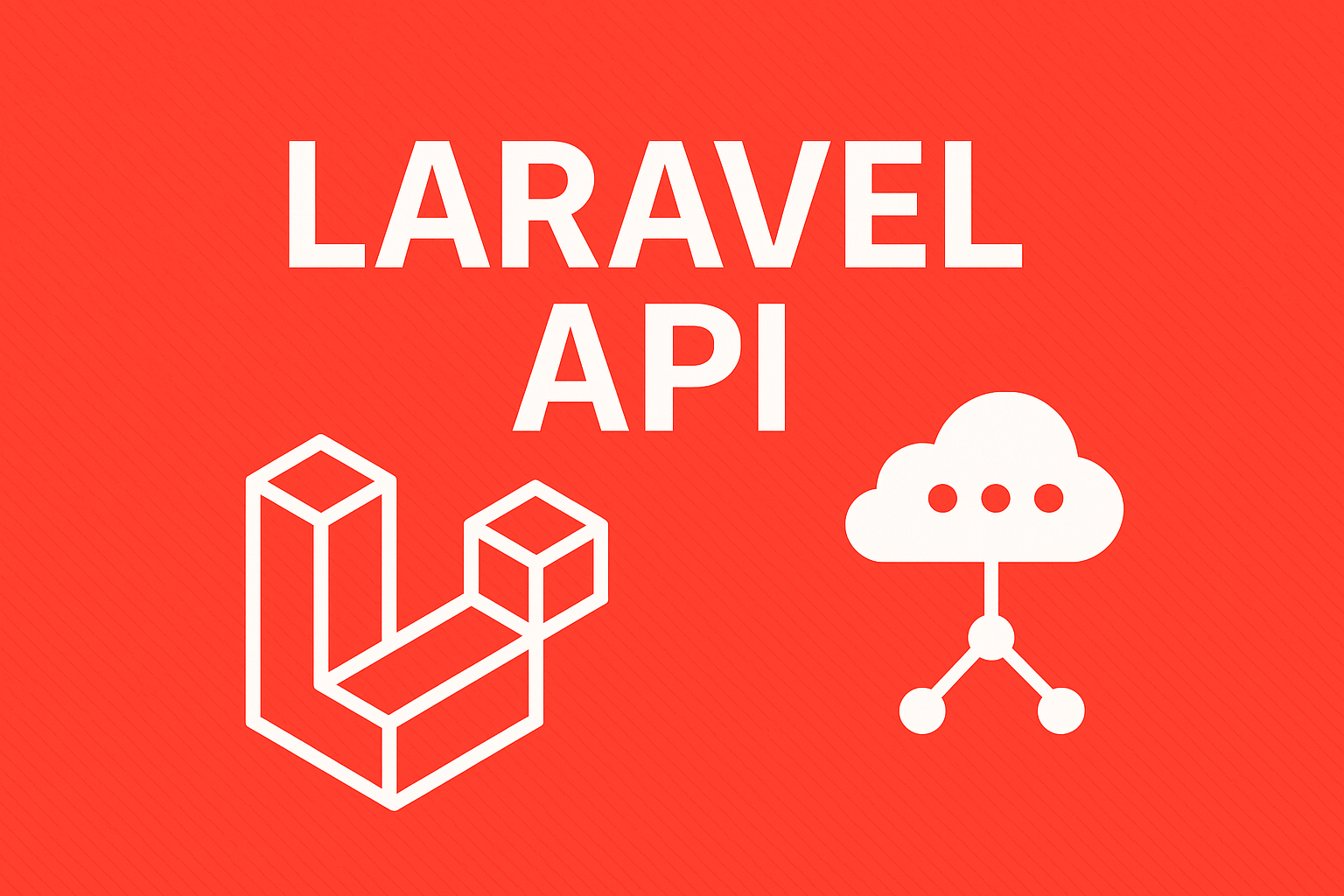
The followings are a list of Laravel Basic Concepts:
Table of Contents
Laravel, an open-source PHP framework, has gained immense popularity among developers for its elegant syntax, robust features, and extensive community support. Whether you’re a seasoned developer or just starting your programming journey, understanding the laravel basic concepts is crucial to harnessing its power and building efficient web applications.
Laravel Basic Concepts
We will walk you through the laravel basic concepts, demystifying its key components and providing you with a solid foundation to kickstart your Laravel journey.
- Routing
- Controllers
- Views
- Blade templating
- Requests and Responses
- Models & Migrations
- Middleware
- Eloquent ORM
Routing:
Routing means accepting the request and redirecting it to the appropriate function. Routing is a core concept of Laravel basic concepts, and it works a little differently than some of the frameworks of the past. The Laravel Route system is very flexible, and although a little tricky at first. HTTP verbs can be used to specify an action that the route should perform when called. For example, a GET HTTP verb is used to retrieve resources while a POST HTTP verb is used to create a resource.
For Example:
Route::get('/', function () { return 'Hello World'; });
Controller:
The Controller’s job is to pass information between the view and the model. The model itself is responsible for the business logic, things like accessing and returning results from a database. Follow this command to generate the controller.
php artisan controller:make [Name]ControllerViews:
Views are the pages that will be displayed when accessing the app. View Component is used for the User Interface of the application. Generally, the view contains the HTML which will be served by the application. Views separate presentation logic from the application logic. A view file usually contains the information being presented to a user. The view can be a complete web page or parts of a page like the header and footer.
Blade Templating:
The blade is a powerful easy-to-use template that comes with Laravel. Blade templates can be mixed with plain PHP code and it will still work. It is very easy to create a Blade template, simply create your view file and save it with the .blade.php extension instead of .php, blade templates are typically stored in the <strong>resources/views</strong> directory. The main advantage of using the blade template engine is that it allows us to create a master template that can be extended by other individual pages. it is a one of laravel basic concepts
Request and Responses
You may access all user input from the request object. There is a request helper in Laravel. You can use Request Object anywhere. For example request()->field_name
In Laravel, a response is sent back to the user’s browser when a request made. All routes and controllers are meant to return some response as per the request. In Laravel, a response can be return in various ways.
Models and Migrations:
The model means to handle the business logic in any MVC framework-based application. In Laravel, the Model is a class that represents the logical structure and relationship of the underlying data table. In Laravel, each database table has a corresponding “Model” that allows us to interact with that table. Models give you the way to retrieve, insert, and update information into your data table.
Migrations give you a way to keep track of the changes we made in the database schema during the development process. In collaborative development environment migrations helps you to keep database schema in sync without having to drop and re-create the database each time a change happens.
Middleware:
Middleware is a filtering mechanism that facilitates the filtering of incoming HTTP request before it is routed to the particular controller for further processing. Laravel framework includes several in-built Middleware, including authentication and CSRF protection.
Eloquent ORM:
Eloquent ORM refers to the advanced implementation of the PHP Active Record Pattern, which makes it very easy to interact with the application database. Eloquent ORM is a very powerful yet very expressive ORM, which allows us to work with the database objects and relationships using much eloquent and expressive syntax. In Laravel, each database table is mapped into the corresponding eloquent model and each of the eloquent model objects includes various methods for retrieving and updating the database.
Laravel basic concepts lay the foundation for developing robust and scalable web applications. By understanding the Model-View-Controller architecture, routing, database management with Eloquent, Blade templating engine, and authentication/authorization, you’re equipped with the essential knowledge to embark on your Laravel journey.
Remember, practice and exploration are key to mastering Laravel, so dive in, build exciting projects, and leverage the vast Laravel community for support and inspiration. Happy coding!
Hope this article helps you to understand Laravel Basic Concepts!


